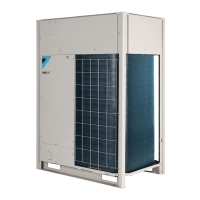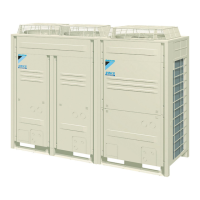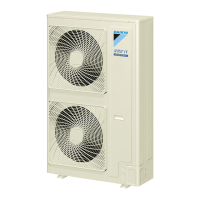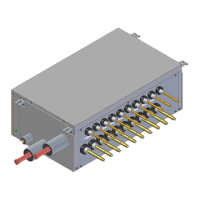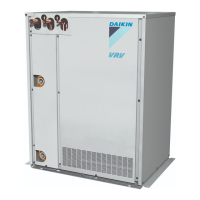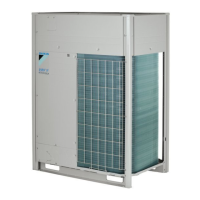Why is my Daikin Air Conditioner not cooling or heating enough?
- CChristine MeyersJul 25, 2025
Insufficient cooling or heating can occur for several reasons. Make sure that the air inlet or outlet of the outdoor or indoor unit is not blocked by obstacles, and remove any obstructions to ensure free airflow. Also, check if the air filter is clogged. Verify the temperature and fan speed settings on the user interface. Ensure doors and windows are closed to prevent drafts. Consider if there are too many people in the room or excessive heat sources. Direct sunlight can also affect performance, so use curtains or blinds. Lastly, check if the airflow angle is properly adjusted.
